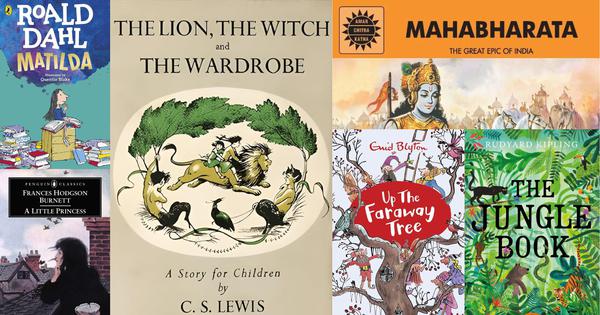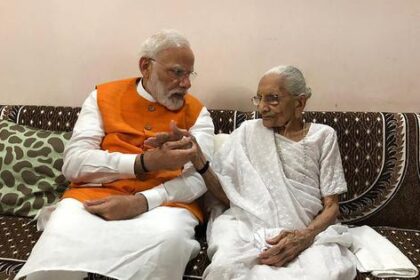Exploring the enduring lessons of classic children’s literature amidst modern critiques and societal changes.
Children’s literature often serves as a portal to worlds filled with adventure, lessons, and moral guidance. However, modern critiques have cast a shadow over many beloved classics, questioning their relevance and appropriateness in today’s context. As we navigate this landscape, it raises a thought-provoking question: would it be so detrimental to embrace a society grounded in honesty, decency, and empathy?
Recent discussions surrounding works like those of Enid Blyton and Roald Dahl highlight the tensions between nostalgia and contemporary values. In a clothing store, a simple comment about a friend’s dress led to unexpected offense, illustrating the complexities of language and perception. This incident mirrors the broader societal conversation about how we interpret and critique literary works from a bygone era.
Critics have pointed out the racism, sexism, and imperialist sentiments present in the writings of figures such as Blyton and Rudyard Kipling. A document outlining how to analyze children’s literature for these issues suggests a rigorous approach, posing numerous questions for young readers. Yet, it begs the question: is it too easy to overlook the joy and wonder these stories can inspire? While many critiques may hold validity, they risk overshadowing the fundamental qualities that make these books valuable.
Classic children’s literature often imparts essential lessons about courage, resilience, and the triumph of good over evil. For instance, Blyton’s tales, such as those in the Magic Faraway Tree, transport readers to whimsical lands where resourcefulness and bravery shine through. The Famous Five series, despite criticism for its gender roles, revealed to many young readers that both boys and girls are equally capable of adventure and problem-solving. It was George’s quick thinking that often saved the day, challenging traditional narratives about gender.
Moreover, Blyton’s Six Bad Boys delves into more serious themes, portraying the struggles of childhood amidst harsh realities. Through the lens of juvenile delinquency, it explores friendship, hardship, and the consequences of choices. Blyton’s intention to entertain while also prompting reflection on societal issues is evident. Similarly, Dahl’s works, known for their sharp wit and darker undertones, remind readers that life can be challenging, yet it is possible to find hope and humor even in adversity.
CS Lewis’s Narnia series, often critiqued for its overt Christian themes, transcends religious boundaries by emphasizing universal values of kindness and integrity. The Pevensies’ journey illustrates the importance of rising to challenges with grace and understanding. Meanwhile, Frances Hodgson Burnett’s A Little Princess teaches profound lessons about dignity and generosity, showcasing that true nobility lies in one’s character rather than material wealth.
As we engage with these texts, it becomes essential to recognize their dual nature: they reflect the societal norms of their time while also providing timeless wisdom. In dissecting their flaws, we must not lose sight of the beauty and lessons they impart, which can still resonate with readers today. Ultimately, the richness of children’s literature lies in its ability to inspire, provoke thought, and encourage empathy, inviting new generations to explore the depths of imagination and human experience.








